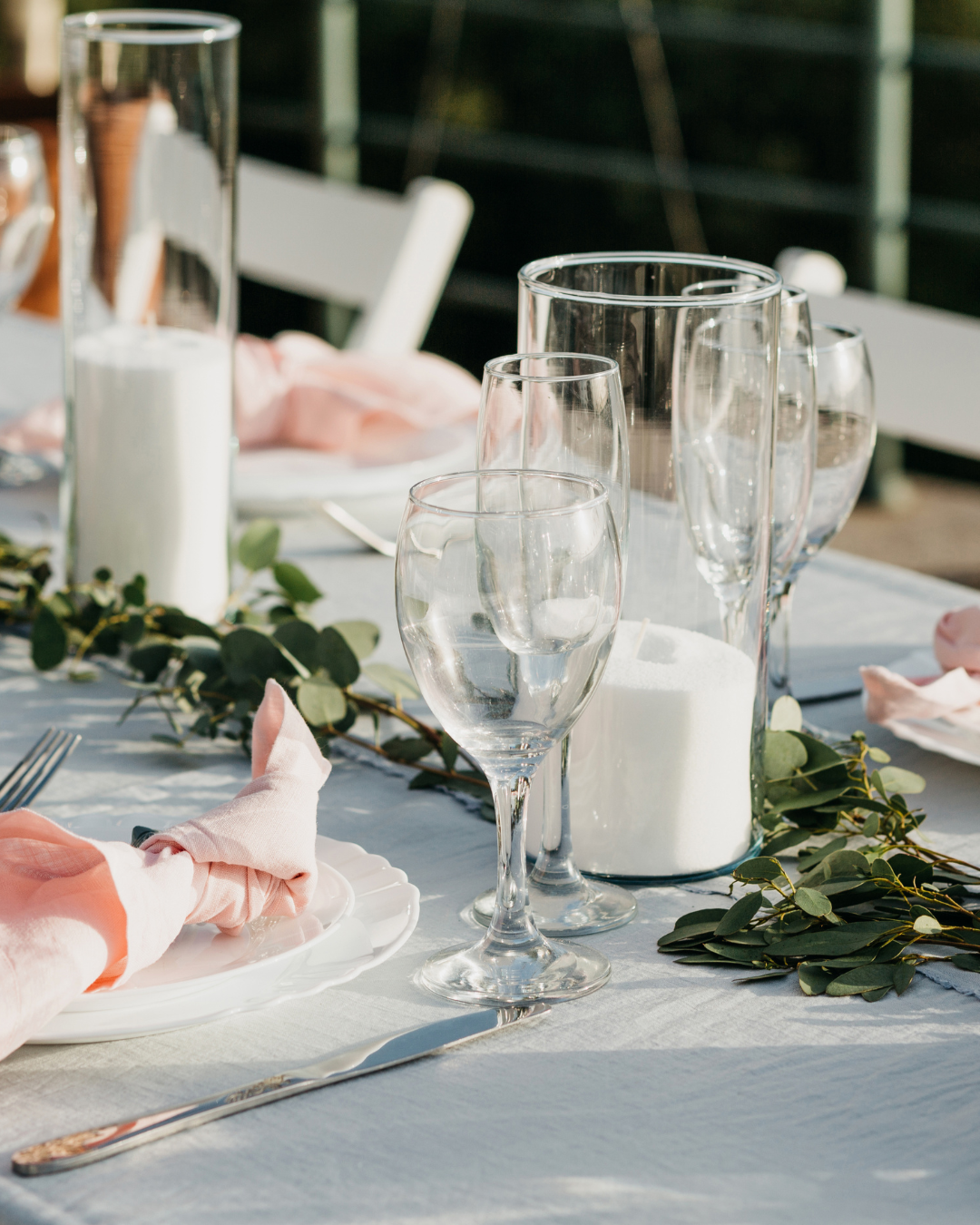
Mastering the Low FODMAP Diet While Eating Out
Receiving an invitation to dine out is usually a delightful prospect. It means enjoying a scrumptious meal with loved ones, engaging in long, friendly conversations, and, best of all, not having to clean up afterward – something I absolutely adore! However, since I’ve embarked on the Low FODMAP diet, these dinner invitations often bring along a companion – stress and worry.
Picture this: I receive an invitation to dine out, and immediately, my mind starts racing. Where can I find a Low FODMAP option on the menu? How can I decipher which menu items are suitable for me? Maybe I shouldn’t go (I’ve contemplated that many times). Or perhaps I should eat beforehand and content myself with drinks while admiring everyone else’s meals (oh, I’ve done that on numerous occasions too). Alternatively, I could throw caution to the wind, indulge in whatever I want, and then suffer the consequences the next day. These thoughts whirl through my head, and they can be incredibly draining.
Eating out while adhering to a Low FODMAP diet can indeed be challenging, but I’m determined not to miss out. Thankfully, it’s manageable, and I’d like to share some tips that have helped me. Here’s a glimpse into my experiences and how I handle my dietary restrictions.
When Dining at Restaurants with Advance Planning
In situations where I have the opportunity to plan my restaurant visit ahead of time, things usually go quite smoothly. Many restaurants are more than willing to accommodate dietary requirements if they are informed in advance. I’ve created an allergy list that I send to the restaurant well ahead of my visit, and the feedback I receive is overwhelmingly positive. This list contains both what I can and cannot eat, making it easier for the restaurant staff. I highly recommend creating such a list, as it can be beneficial.
Additionally, being organized and reaching out to the restaurant via phone or email beforehand is a good practice. I often make a quick call to the restaurant to gauge their willingness to accommodate dietary restrictions and to ensure that their chefs can meet my needs.
When Dining at Cafés and Restaurants on Impulse
For impromptu visits to cafes and restaurants, I choose places I know where I can find Low FODMAP or gluten-free options, or where I can customize dishes by omitting certain ingredients. In general, when dining out, I opt for simple choices like plain meat or baked potatoes with an oil and vinegar dressing or sour cream (if I can tolerate dairy). I can handle small amounts of dairy without any problems, and if I’m consuming a larger quantity, I take a lactase tablet. I try to steer clear of sauces and marinades, as they often contain high FODMAP ingredients.
Private and Family Events
Private and family events pose a unique challenge because I want to be considerate of the host’s planned menu. However, it’s essential to remember that these hosts aren’t professional chefs, and my expectations are adjusted accordingly – I’m perfectly fine with that. Some people are more accommodating than others when it comes to dietary restrictions. Many of our friends and family make a concerted effort to ensure I can enjoy the food.
Before attending such events, I usually inquire about the planned menu and bring supplementary items with me, if possible. I might bring along some Low FODMAP bread or a homemade roll, depending on the meal. I also occasionally carry homemade cookies, cakes, or Low FODMAP bars for dessert. Additionally, I always have lactase tablets on hand to manage dairy products in larger quantities.
One challenging aspect is that I sometimes don’t get enough food and leave the event feeling quite hungry, which can be tough. On certain occasions, I feel like I receive less appealing food compared to others at the gathering. Therefore, I’ve decided to always bring extra food to be on the safe side.
Unfortunately, there have been instances where food mix-ups occurred at events, whether it be at a party or a restaurant. I’d like to share an example to illustrate the potential consequences. Once, I attended a party where all the meat was marinated, which I couldn’t eat. My plain meat was barbequed after the marinated meat, leading to complications for me. Such minor errors can result in significant consequences, often lasting about four days before I start feeling better. It’s never pleasant when that happens, but I’ve learned that it eventually passes, and I’ll return to feeling great. Patience is crucial during this period, as is being careful about my diet in the following days. Self-care and kindness are essential.
How I Felt Initially vs. Where I Am Now
In the beginning, going out to eat was incredibly challenging for me. It felt overwhelmingly stressful, and I was afraid of consuming something that could trigger my symptoms. Achieving a flat tummy after strictly following the Low FODMAP Diet for eight weeks was deeply satisfying, and I didn’t want to jeopardize that by getting bloated or experiencing constipation. Staying home seemed like the safer option, but it’s not a way to live. Baby steps were my starting point – ordering a simple salad that I knew I could handle without any issues. Over time, I pushed my boundaries further, daring to order gluten-free bread with cornflour, which I need.

